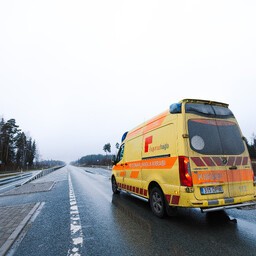Estonian callers are very cooperative. Even if they cause problems, they are rather overly eager, and the solution is in front of their eyes during the call. Situations where the caller interprets the dispatcher's question as an attack or where conversation partners speak poorly to each other rarely occur in Estonian emergency calls.
Since emergency calls are often made in dangerous and tense situations, communication problems can still occur. Every misunderstanding that prolongs the call delays the arrival of help. Piret Upser investigated in her doctoral thesis what kind of communication problems arise in Estonian emergency calls and why. She studied 100 calls and analyzed 50 calls to identify different types of communication problems.
Estonians call the number 112 for two reasons: they want help or information. Sometimes, an emergency call turns into an informational call if the dispatcher finds that the situation is not worth assistance. Additionally, among the 100 calls, there were 13 conversations where the caller was possibly intoxicated or the conversation was otherwise inadequate.
The topics of the calls were very broad. Classic topics included health problems, fires, and natural disasters. Calls were also made for issues requiring police intervention, such as domestic violence or threats.
Upser found that the most problems are related to information exchange. For example, there were misunderstandings and fixation issues. Very often, people do not know where they are exactly, which creates significant problems.
Upser advises callers to know their location and pay attention to nearby bus, tram, and train stops. She also emphasizes the need to answer the dispatcher's questions, as all questions are asked for a reason. The most important thing is to stay calm and cooperate.

